Understanding How Dentists Check for Oral Cancer
Oral cancer is a serious health concern in the United States, affecting thousands of people each year. Early detection can significantly improve treatment success rates, making routine dental visits crucial. But how exactly do dentists check for oral cancer? This article delves into the detailed process dentists use to screen for oral cancer, explains the signs they look for, and highlights the importance of early diagnosis.
The Oral Cancer Screening Process in Dental Offices
1. Visual Examination of the Mouth and Throat
During your routine dental check-up, your dentist will start with a careful visual inspection of your entire mouth, including the lips, gums, tongue, inner cheeks, roof, and floor of the mouth, as well as the back of the throat. Dentists look for any unusual sores, white or red patches, lumps, or other abnormalities that may indicate early signs of oral cancer.
2. Physical Palpation
After the visual inspection, dentists use their fingers to gently palpate (feel) the tissues inside your mouth and around your neck to detect lumps or irregularities. This hands-on examination helps identify abnormalities that are not always visible to the naked eye, such as swollen lymph nodes or thickened tissues.
3. Use of Specialized Tools and Lighting
Many dental offices use special lights and devices to enhance the detection of suspicious lesions. For instance, devices using fluorescence or tissue staining can help highlight abnormal areas that require further investigation. These advanced tools aid dentists in spotting oral cancer at stages when it might be missed otherwise.
Recognizing Early Signs of Oral Cancer
One challenge with oral cancer is that it may not cause obvious symptoms initially. However, dentists are trained to detect subtle warning signs that might go unnoticed by patients. Some common early signs include:
- Persistent sores or ulcers that do not heal within two weeks
- Red or white patches inside the mouth
- Unexplained lumps or thickened areas in the mouth or neck
- Difficulty swallowing or persistent sore throat
- Numbness or pain in the mouth or lips
Understanding these signs can empower patients to seek timely dental consultations, increasing chances of early diagnosis.
Factors That Increase Oral Cancer Risk
Certain habits and health conditions elevate the risk of developing oral cancer. Dentists consider these factors during screening to decide whether more frequent or detailed examinations are necessary:
1. Tobacco and Alcohol Use
Smoking cigarettes, cigars, or using smokeless tobacco greatly increases oral cancer risk. Heavy alcohol consumption further compounds this risk, especially when combined with tobacco use.
2. Human Papillomavirus (HPV) Infection
HPV, a common sexually transmitted virus, is linked to some types of oral cancers, particularly in younger patients without traditional risk factors.
3. Age and Gender
Oral cancer risk increases with age and is more common in men, though the gap is narrowing as lifestyle changes.
4. Sun Exposure
Excessive sun exposure can cause lip cancers, so protection is important for outdoor workers or those spending significant time outdoors.
Patient Story: A Life Saved by Early Detection
Consider the case of John, a 52-year-old man from Texas, who had been visiting his dentist regularly but never thought much about oral cancer screening. During a routine dental exam, his dentist noticed a small, painless white patch on his tongue. Using a special light device, the dentist confirmed the suspicious nature of the lesion and referred John for a biopsy. The diagnosis: early-stage oral cancer.
Thanks to early detection, John underwent minimally invasive treatment and made a full recovery. His story highlights how dentists’ vigilant screening can save lives, even when patients feel perfectly healthy.
Steps to Prepare for Your Oral Cancer Screening
To make the most out of your oral cancer screening, consider the following tips before your dental visit:
- Inform your dentist about your personal and family history of cancer or any unusual symptoms.
- Be honest about tobacco and alcohol use as it influences risk assessment.
- Maintain good oral hygiene to allow easier detection of abnormalities.
- Schedule regular dental check-ups, especially if you fall into high-risk categories.
Technological Advances Improving Oral Cancer Detection
The dental field continues to innovate, bringing new technologies to improve early oral cancer detection. Some promising developments include:
Saliva Testing
Emerging saliva tests can detect biomarkers associated with oral cancer, offering a non-invasive screening option that may become more widespread in the near future.
Optical Imaging Tools
Devices that use light-based imaging to scan oral tissues are becoming more common in dental practices, helping spot lesions invisible under normal lighting.
Artificial Intelligence (AI)
AI-powered analysis of oral images and patient data promises to enhance diagnostic accuracy and provide personalized risk assessments.
Maintaining Oral Health to Reduce Cancer Risk
Preventive care is a key part of reducing oral cancer risk. In addition to regular dental visits, the following habits support oral health:
- Quit smoking and limit alcohol consumption
- Eat a balanced diet rich in fruits and vegetables
- Practice safe sex to reduce HPV risk
- Use lip balm with SPF when outdoors
- Stay vigilant about any mouth changes and report them promptly
By working with your dentist and adopting healthy habits, you can significantly lower your chances of developing oral cancer.

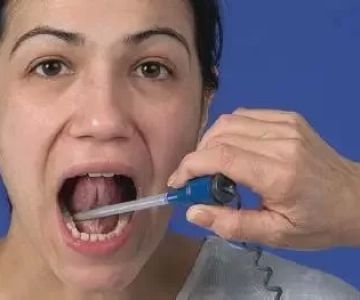

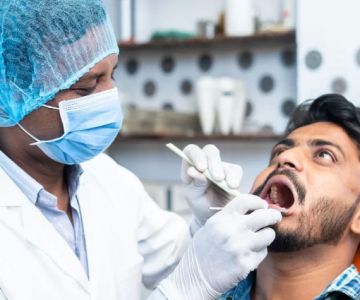
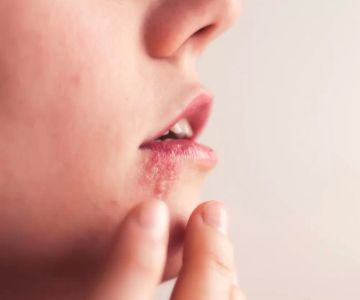
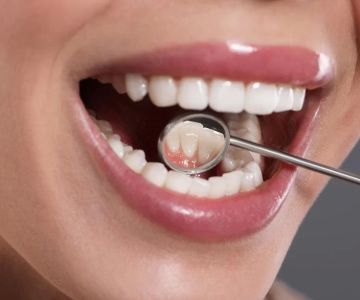
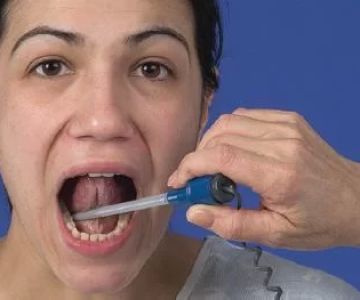
 Growing Smiles of Voorhees4.0 (2464 review)
Growing Smiles of Voorhees4.0 (2464 review) Affordable Dentures & Implants4.0 (855 review)
Affordable Dentures & Implants4.0 (855 review) Coventry Family Dental4.0 (247 review)
Coventry Family Dental4.0 (247 review) Hiser Orthodontics5.0 (283 review)
Hiser Orthodontics5.0 (283 review) Sapphire Family Dental (Dr. Amy Chi, Dr. Emily Allen & Dr. Steven Rzepecki)4.0 (208 review)
Sapphire Family Dental (Dr. Amy Chi, Dr. Emily Allen & Dr. Steven Rzepecki)4.0 (208 review)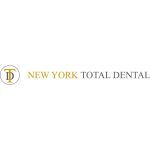 New York Total Dental5.0 (85 review)
New York Total Dental5.0 (85 review) The Importance of Oral Health Education During Pregnancy for a Healthy Pregnancy
The Importance of Oral Health Education During Pregnancy for a Healthy Pregnancy Best Tips for Brushing Your Teeth Properly for Healthy Gums: Essential Techniques for Oral Health
Best Tips for Brushing Your Teeth Properly for Healthy Gums: Essential Techniques for Oral Health Why Skipping Dental Checkups Can Lead to Bigger Oral Health Problems
Why Skipping Dental Checkups Can Lead to Bigger Oral Health Problems Advantages of Porcelain Dental Restorations
Advantages of Porcelain Dental Restorations How Can Diabetes Cause Tooth and Gum Problems? Preventing and Managing Oral Health Issues
How Can Diabetes Cause Tooth and Gum Problems? Preventing and Managing Oral Health Issues Healthy Habits for Promoting Good Oral Health and Hygiene: Tips for a Healthy Smile
Healthy Habits for Promoting Good Oral Health and Hygiene: Tips for a Healthy Smile